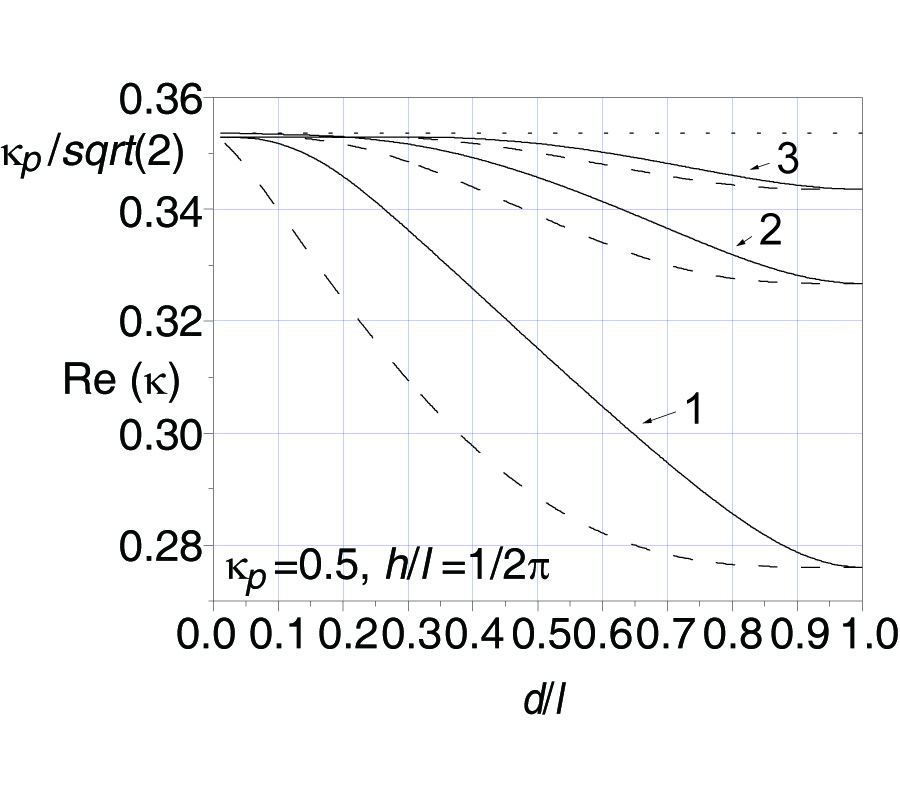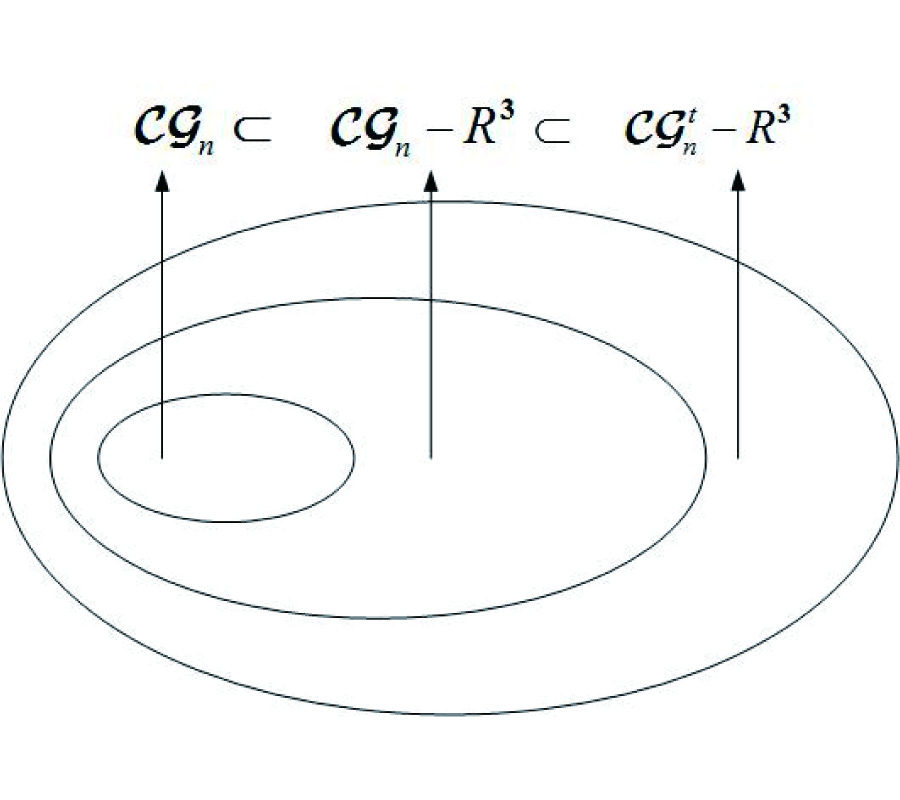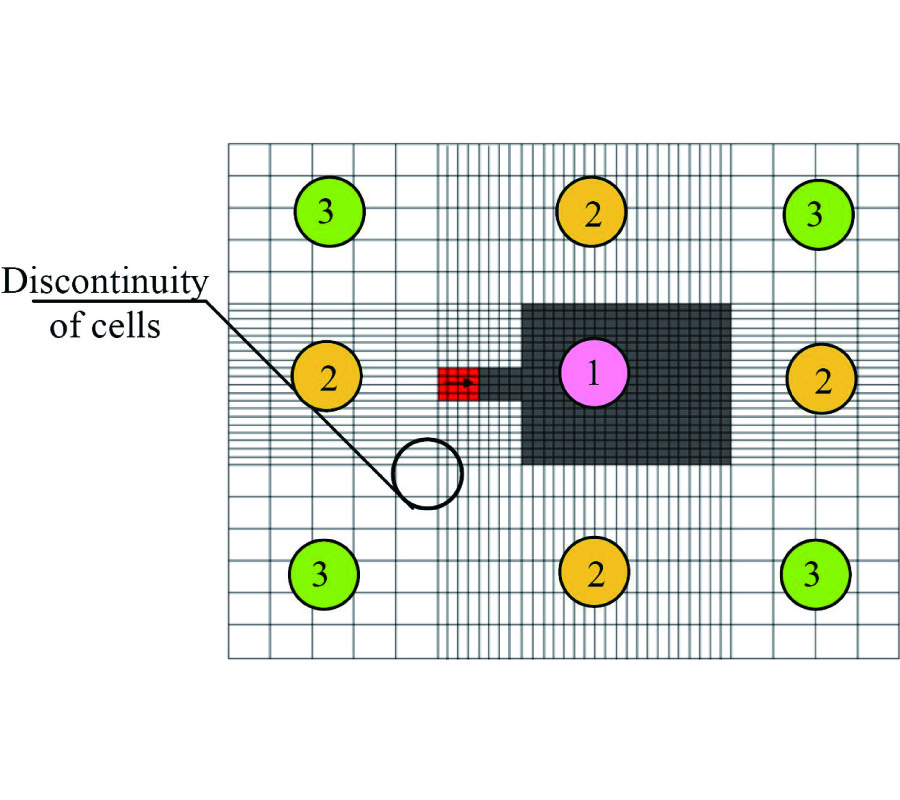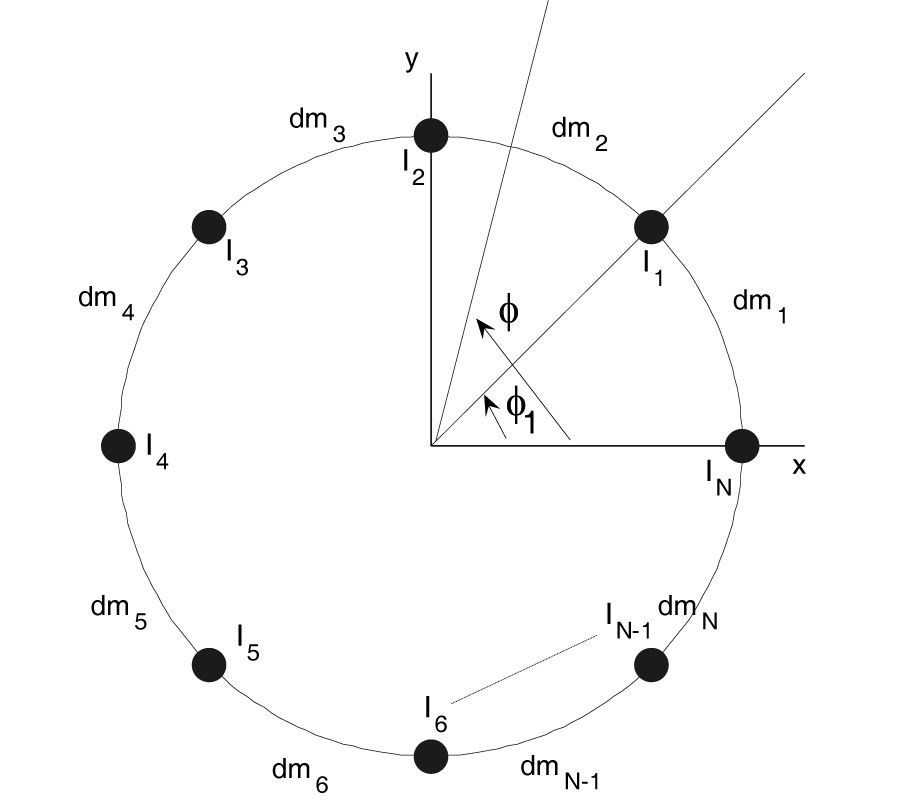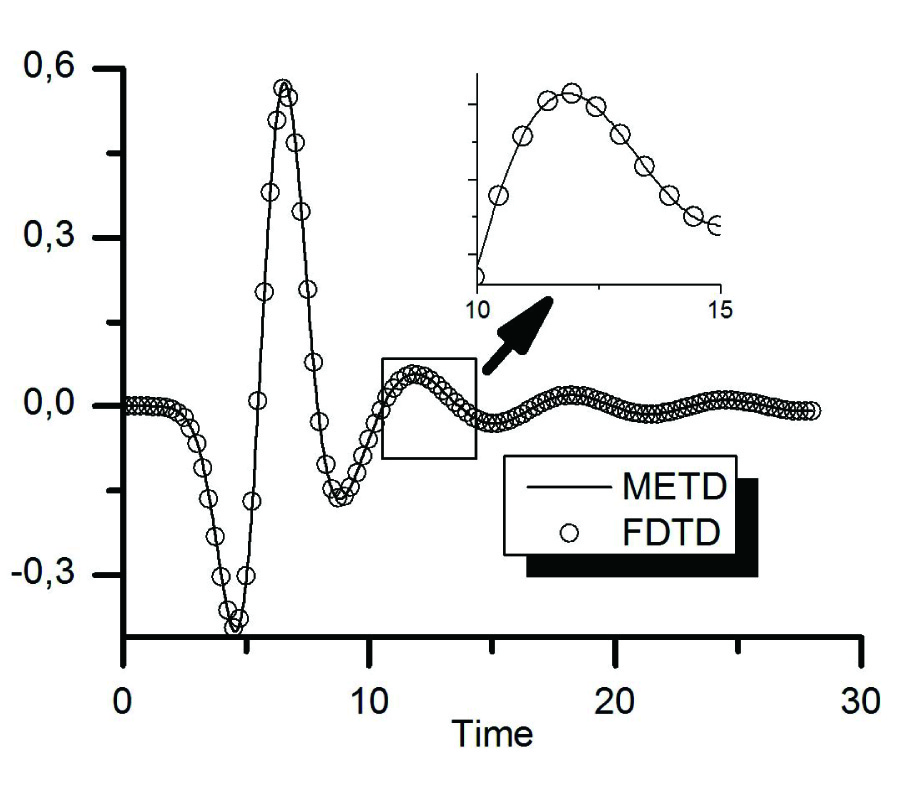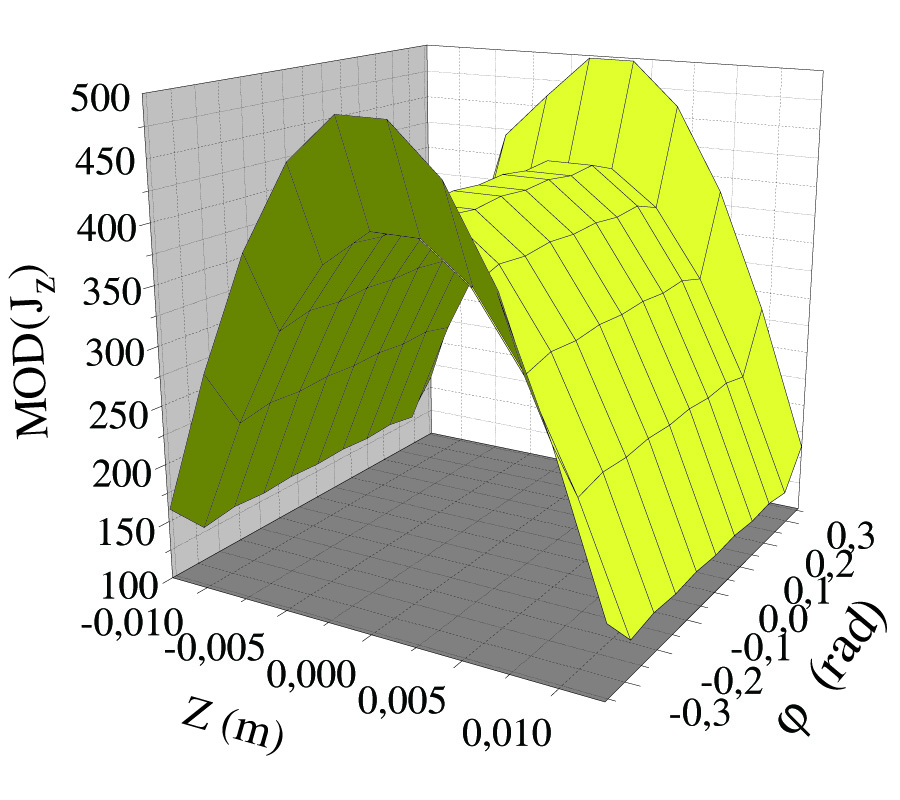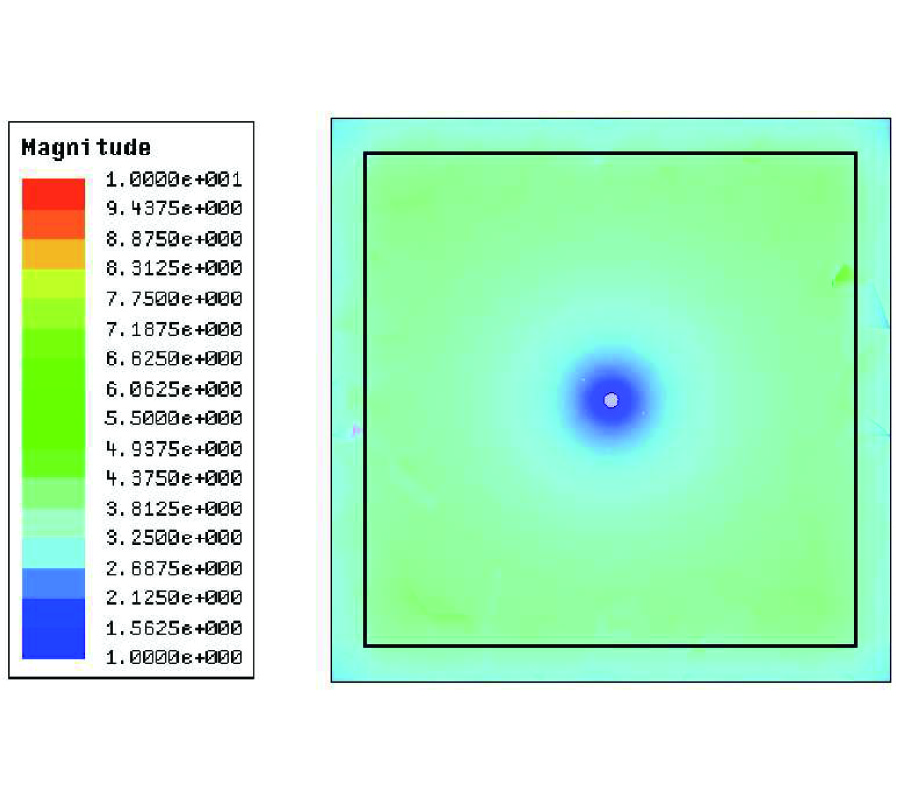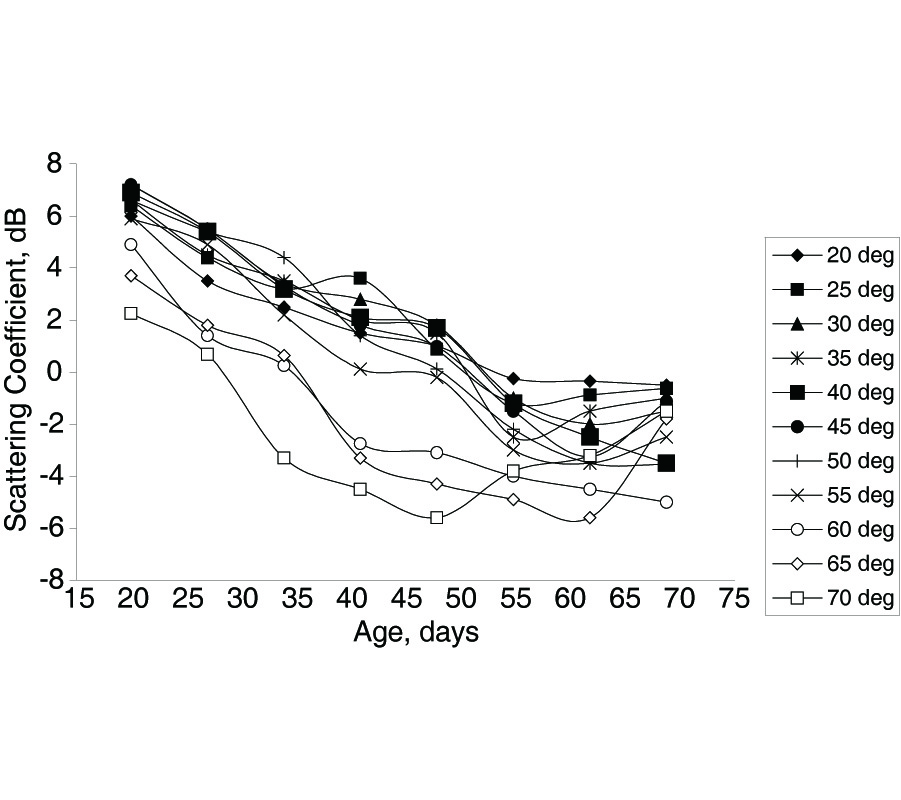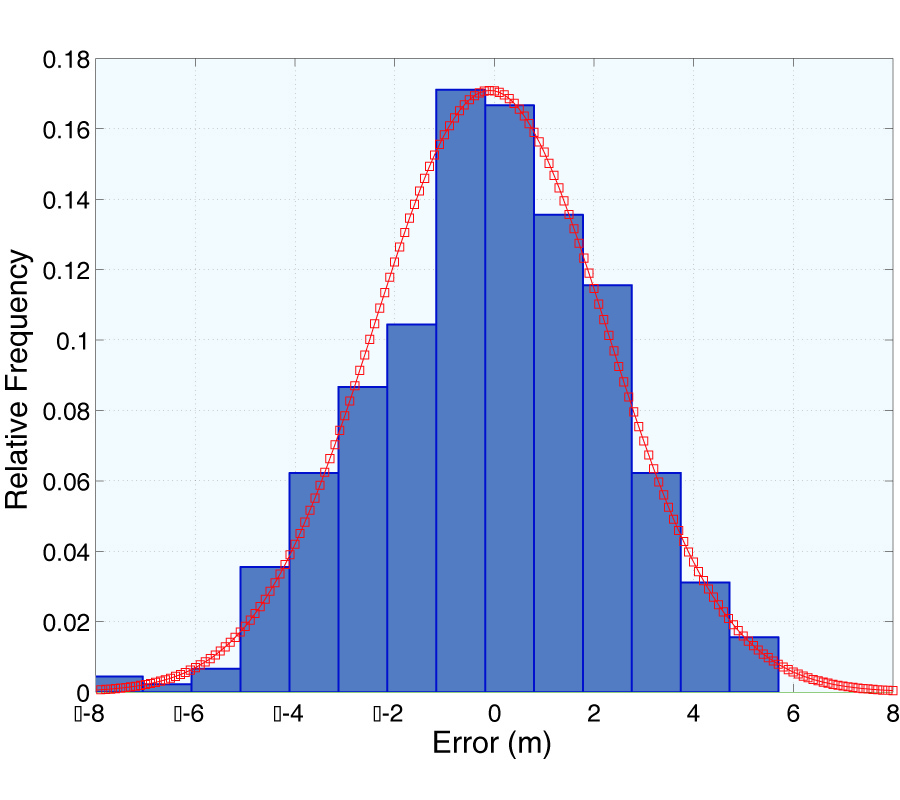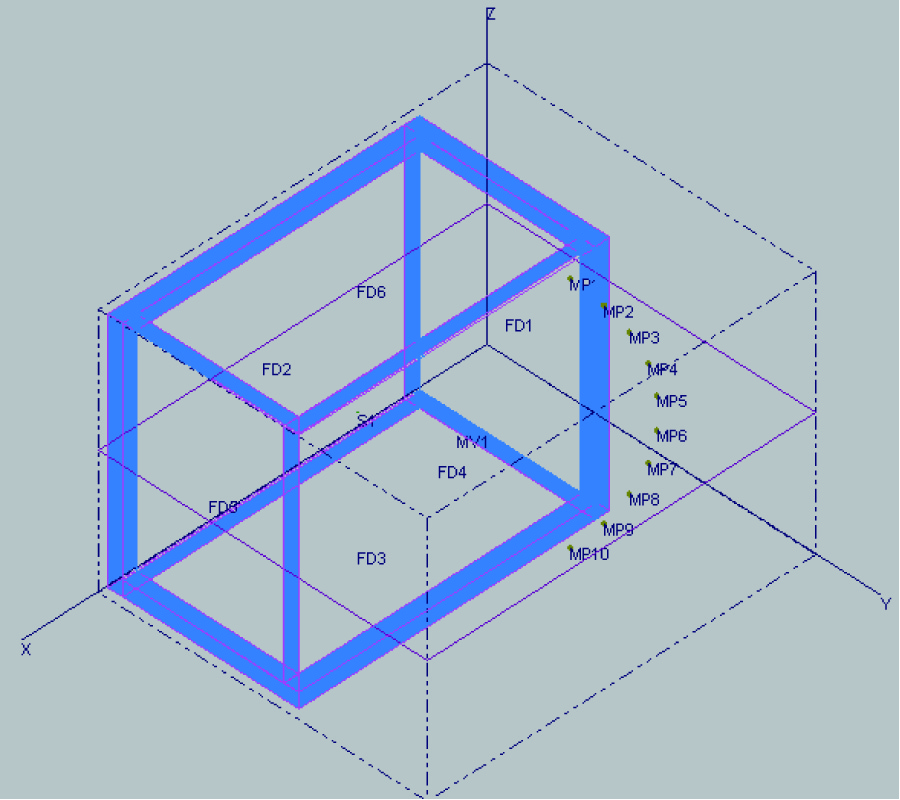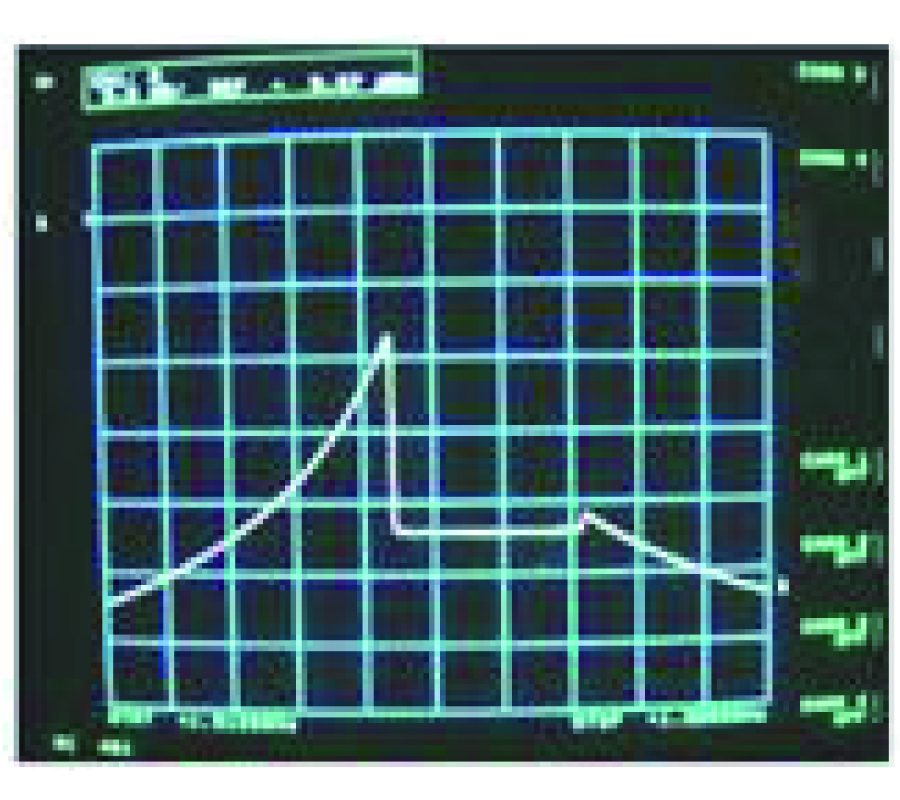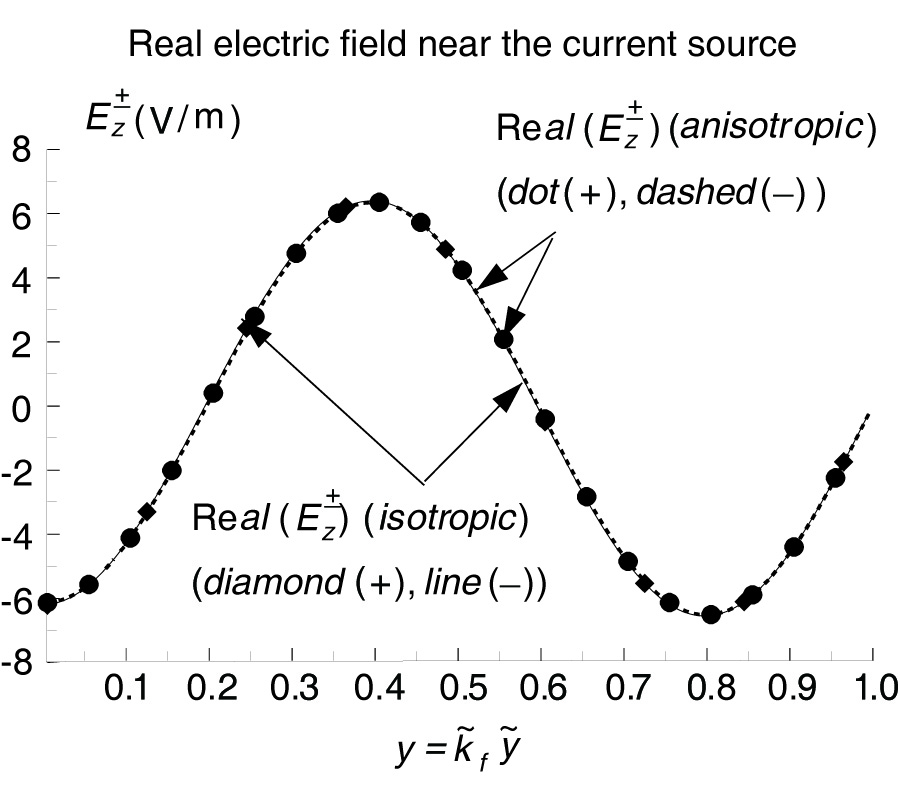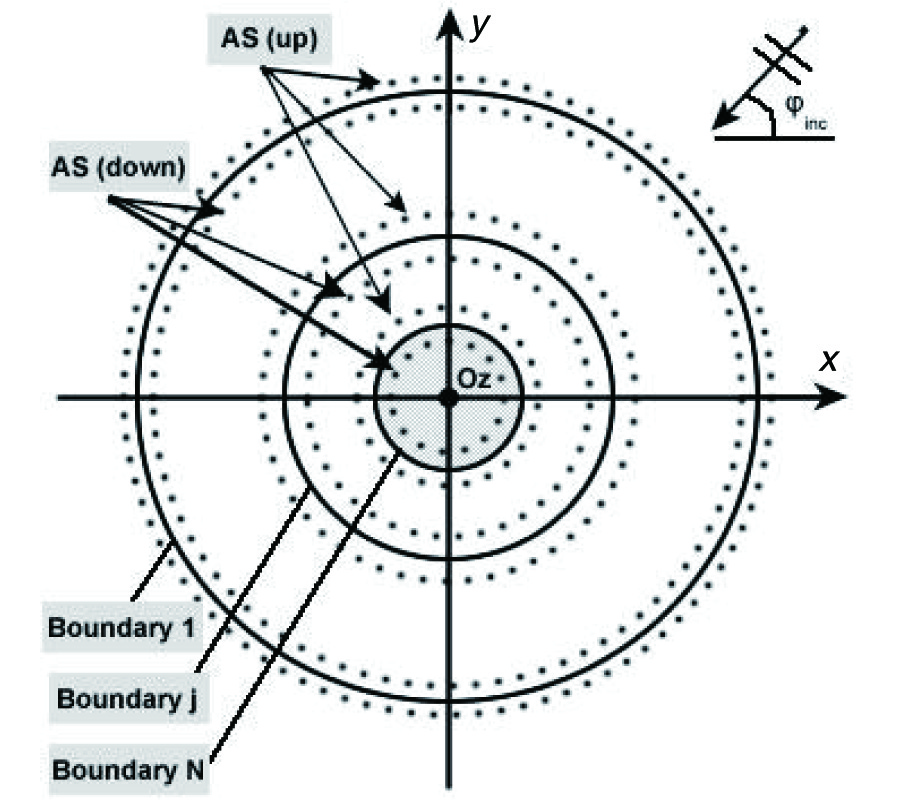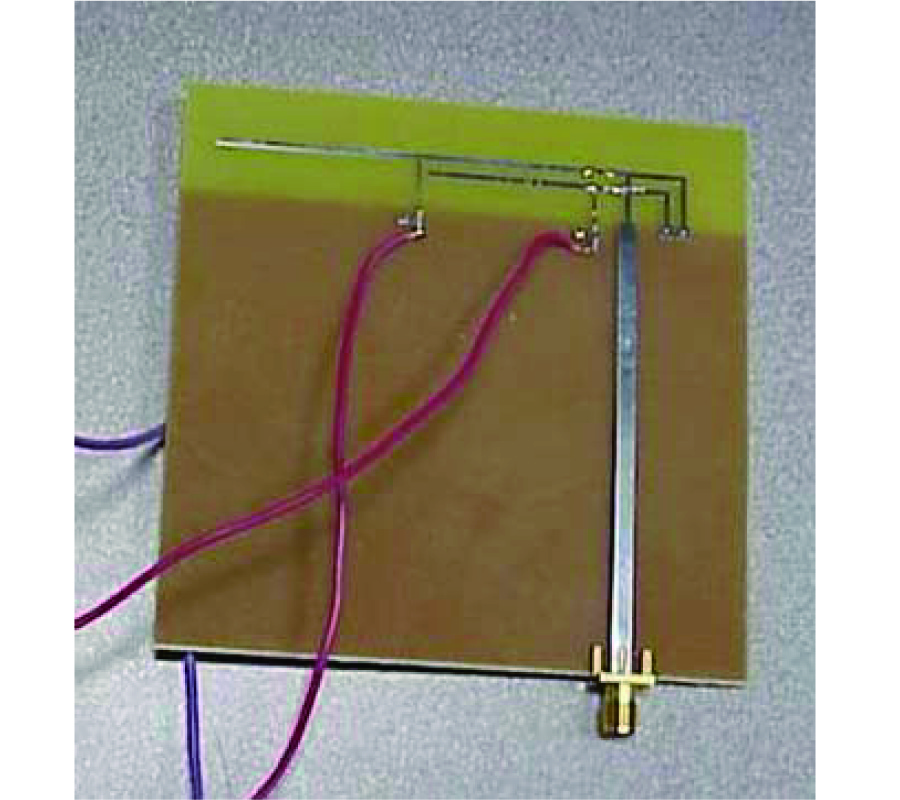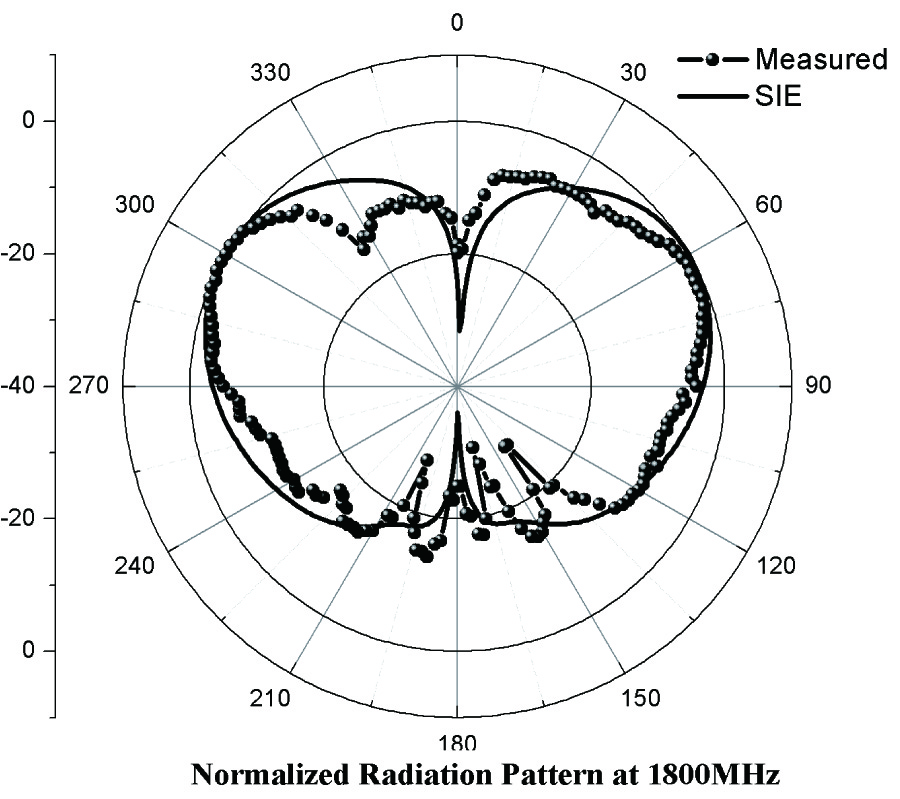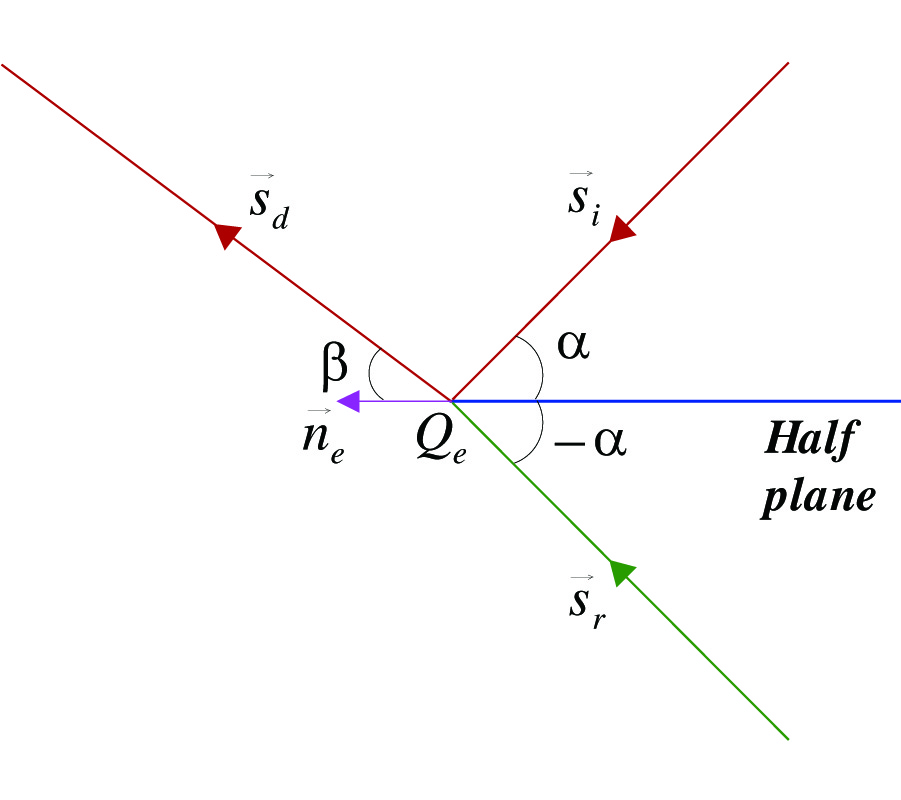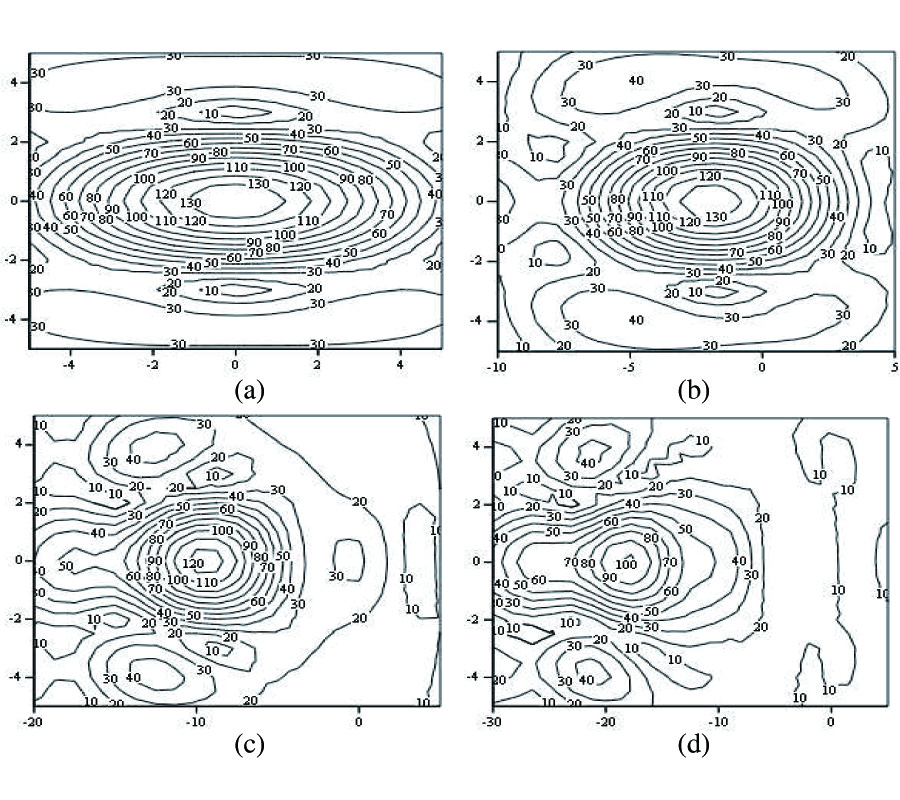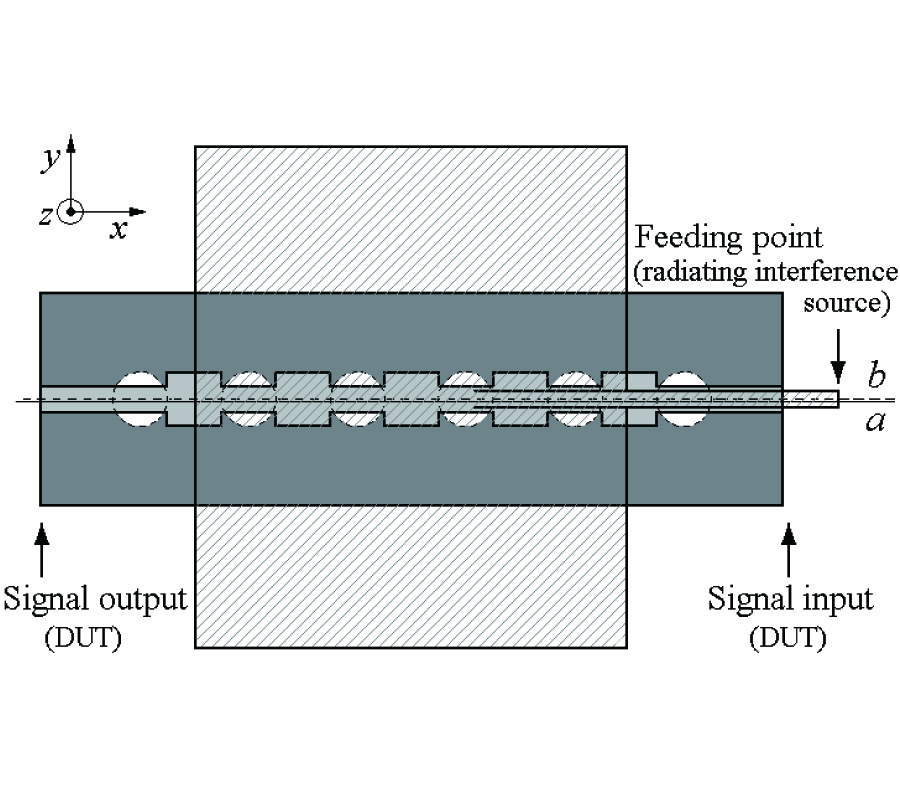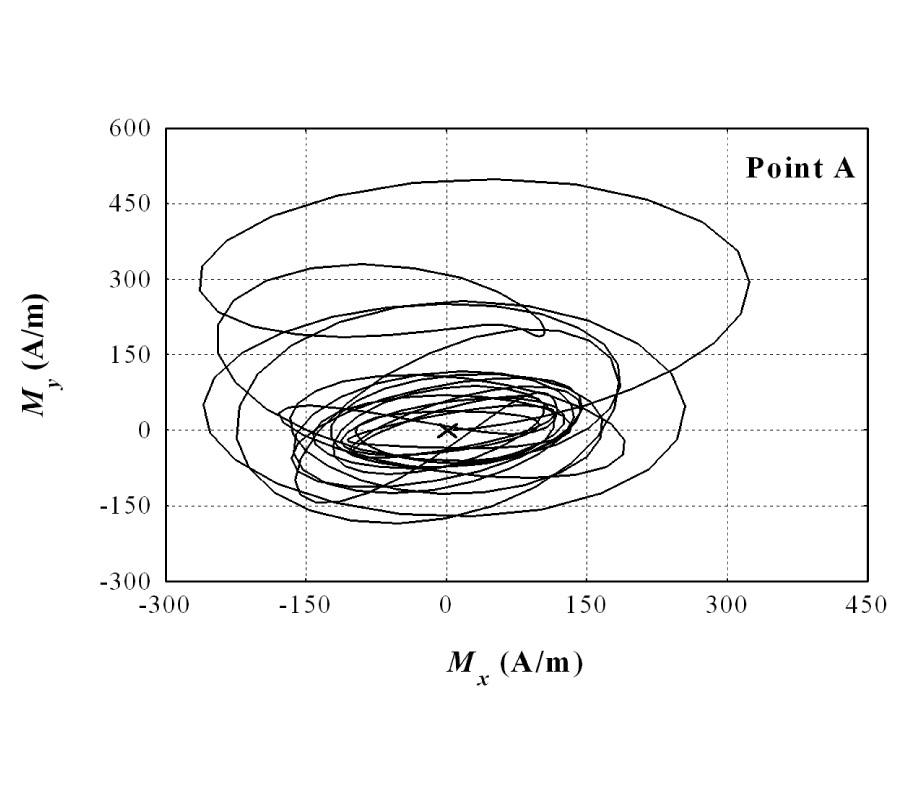Propagation, Excitation, and Orthogonality of Modes in a Parallel Plate, Anisotropic Waveguide Using a Modified, Coordinate Transformation
John Jarem
The excitation of metamaterial and non metamaterial, Electromagnetic (EM) modes and fields in an anisotropic, parallel plate waveguide (meeting Dirichlet and Neumann boundary conditions), is studied, using a modified coordinate transformation [3, 4] which reduces Maxwell's equations to the form of a Helmholtz wave equation satisfying Dirichlet and mixed-partial derivative boundary conditions. The EM modes and fields of the system are excited by a novel, slanted electric surface current excitation (Figs. 1 and 2) whose slant angle has been chosen to coincide with the surfaces of constant phase of the anisotropic modes which may propagate in the waveguide. Also presented, for comparison purposes, is the EM field excitation analysis of an isotropic parallel plate waveguide whose dimension, operating frequency, and source is identical to the anisotropic waveguide and whose material parameters are very close to those of the anisotropic waveguide. The analysis consists of several parts. Sections 1 and 2 of the paper describe the Helmholtz wave equation and boundary conditions that arise from use of the modified, coordinate transformation. In Section 3 the modal characteristic equation of the system is derived and in Section 4 this equation is solved to determine the propagating and complex (or non propagating) modes that may exist in the waveguide. For the anisotropic material parameters chosen in the paper, in Section 4, one of the propagating modes of the system was shown to be a metamaterial mode (also called a backward traveling wave, phase velocity and direction of real, positive power flow in opposite directions). An analysis in Section 4 was also presented from which the cutoff frequency of the waveguide could be determined. Sections 5-8 of the paper were concerned with using the complex Poynting theorem and an EM complex power reaction equation to study complex power and energy in the waveguide. The complex Poynting theorem and the reaction equation were also used to derive several power and reaction orthogonality relations that exist between the propagating (including non metamaterial and metamaterial modes) and complex modes of the systems. Using the orthogonality relations derived in Sections 5-8, in Section 9, an efficient matrix analysis based on the reaction equation of Section 8 from which the EM modes excited by a given slanted electric surface current (Section 5) could be determined is presented. The reaction-matrix analysis and the matching of EM boundary conditions near an electric surface current source were shown to be directly related. In Section 10, for comparison to the anisotropic waveguide study under consideration, a Green's function analysis was used to determine the EM fields that would be excited in an isotropic waveguide having EM characteristics similar to that of the anisotropic waveguide.
In Section 11 wavenumber and modal orthogonality results were presented and in Section 12 the EM fields corresponding to a specific electric surface current example were calculated for both the anisotropic and isotropic waveguides. In Section 11, six tables of data for the anisotropic and isotropic cases giving numerical examples of the modal wavenumbers that were calculated for the propagating and complex modes of the system (Tables 1 and 2), numerical examples of the modal orthogonality relations that the waveguide modes satisfied (Tables 3 and 4), and numerical examples of the modal power that was transmitted by different propagating modes for anisotropic waveguide case (Table 5) and isotropic waveguide case (Table 6) were presented. In Section 12 for both the anisotropic and isotropic waveguides cases studied, plots of the EM fields near the surface current were shown to meet EM boundary conditions near the electric surface current and near the waveguide walls to a high degree of accuracy. The conservation of complex and reaction power as delivered by and radiated from the electric current source was observed to hold for both the anisotropic and isotropic waveguides studied to a high degree of accuracy.
